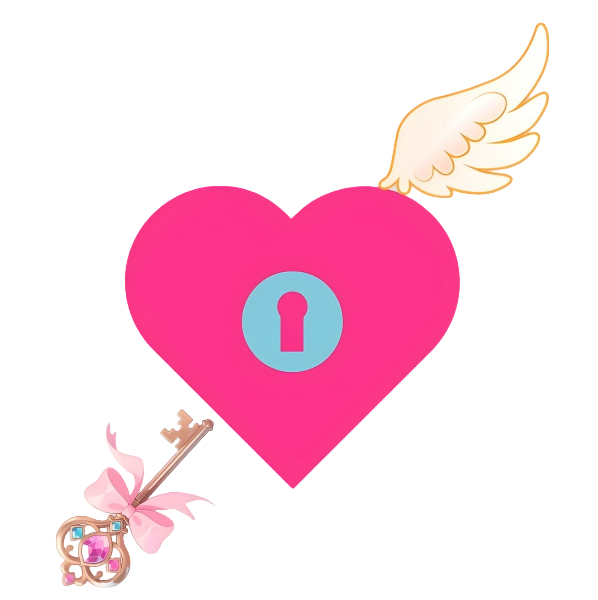🌐Over $68 Ships Free Worldwide
When His Hands Stopped Asking: A Story of Chronic Pain and Desire
The diagnosis of fibromyalgia arrived like a thief, stealing not just my energy and my pain-free days, but the language of touch between me and my husband, Ben. I’m Maria, 48. For twenty years, Ben’s hands were his way of talking to me—a warm palm on the small of my back while he made coffee, a reassuring squeeze of my hand during a movie, the eager, familiar way they’d find me in the dark.
Now, his hands hesitated. They hovered near my shoulder, afraid to land, terrified of causing a flare-up. Our bedroom, once a sanctuary, became a minefield of good intentions and unspoken fear. Every cautious touch, though born of love, felt like a reminder of what I had lost. I missed the carelessness of our intimacy, the sheer unthinking joy of it. We loved each other fiercely, but we were lonely together.
The turning point came during a support group meeting. Another woman, her eyes sharp with understanding, said something that stuck: “The disease might own your pain, but it doesn’t get to own your pleasure. You have to reclaim that on your own terms first.”
Her words ignited a stubborn spark in me. I wasn’t ready to give up on this part of myself. But I knew traditional approaches wouldn’t work. I needed something that could adapt to me, not the other way around. I needed precision, not power.
My search for “adaptive intimacy devices” led me to Whisper. What struck me wasn’t just the products, but the philosophy. The site spoke of “ergonomic design for diverse bodies” and “customizable sensitivity”. It felt scientific and gentle, exactly what I needed. I selected a model renowned for its gentle, wave-like patterns and precise, low-intensity settings.
When it arrived, it felt like taking agency. This was a tool for my rehabilitation, for my joy. Alone, I began the slow work of re-education. I learned that some kinds of touch could still feel good. I started to map a new geography of my body, finding places that welcomed sensation instead of recoiling from it.
I didn’t hide it from Ben. One evening, I placed it on the nightstand. His eyes flicked to it, then to me, filled with a question. “I’m learning,” I said softly. “And I want to learn with you. I need you to stop being so afraid of me.”
It was an invitation. Slowly, tentatively, he joined me. It became a bridge, not a replacement. He could operate the gentle settings, learning what felt good to me now. His hands found their purpose again—not as sources of potential pain, but as conductors of a new, careful kind of pleasure. We were rediscovering each other, guided not by memory, but by the gentle, intelligent technology that allowed us to finally touch without fear.

